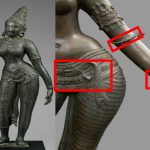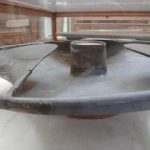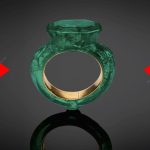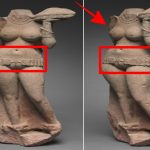Finely Sculpted Antler Powder Flask, Northern European, 1530–1535.

The powder flask carved from an antler, dating from 1530-1535 and originating in Northern Europe, is a stunning example of Renaissance craftsmanship and artistry. This elaborate artifact served a practical purpose in the storage and dispensing of gunpowder, yet its intricate design elevates it to a work of art.
The flask is carved from antler and features a base with two branches. The craftsmanship is extraordinary, with the central focus being a medallion carved in relief. This medallion represents either the Conversion of the Emperor Constantine or the Conversion of St. Paul, both significant events in Christian history. Surrounding this central scene are four smaller oval panels depicting horsemen, adding a dynamic element to the piece. Above these panels, the figure of God the Father is prominently displayed, watching over the scenes below.
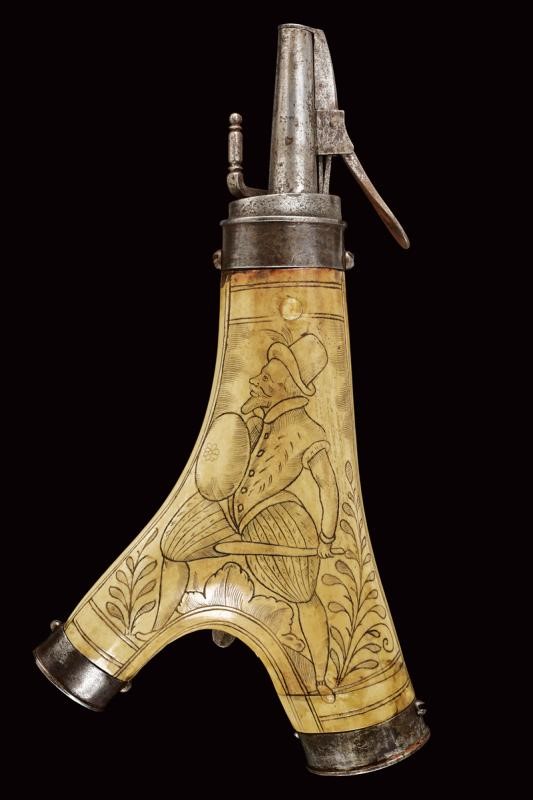
The background of the flask is filled with intricate low-relief carvings. These include nude figures, cupids, masks, and foliage, creating a rich tapestry of Renaissance motifs. The level of detail in these carvings is remarkable, showcasing the skill and patience of the artisan. The ends of the branches are capped with grotesque masks carved in relief from horn, adding a touch of the fantastical and grotesque that was popular in Renaissance art.
On the back of the flask, there is an engraving of an equestrian figure. This figure further emphasizes the theme of horsemen present in the smaller panels on the front. The equestrian motif was common in Renaissance art, symbolizing nobility, power, and the martial prowess of the period.
The flask also features a turned brass funnel with a spring cut-off mechanism, which would have been used to dispense gunpowder. Although it lacks a cap, the funnel’s functionality and design reflect the technological advancements of the time. The collar of the flask is made of gilt bronze and is elaborately chased with cherubs and other decorative elements. This attention to detail in the metalwork complements the intricate carvings on the antler.
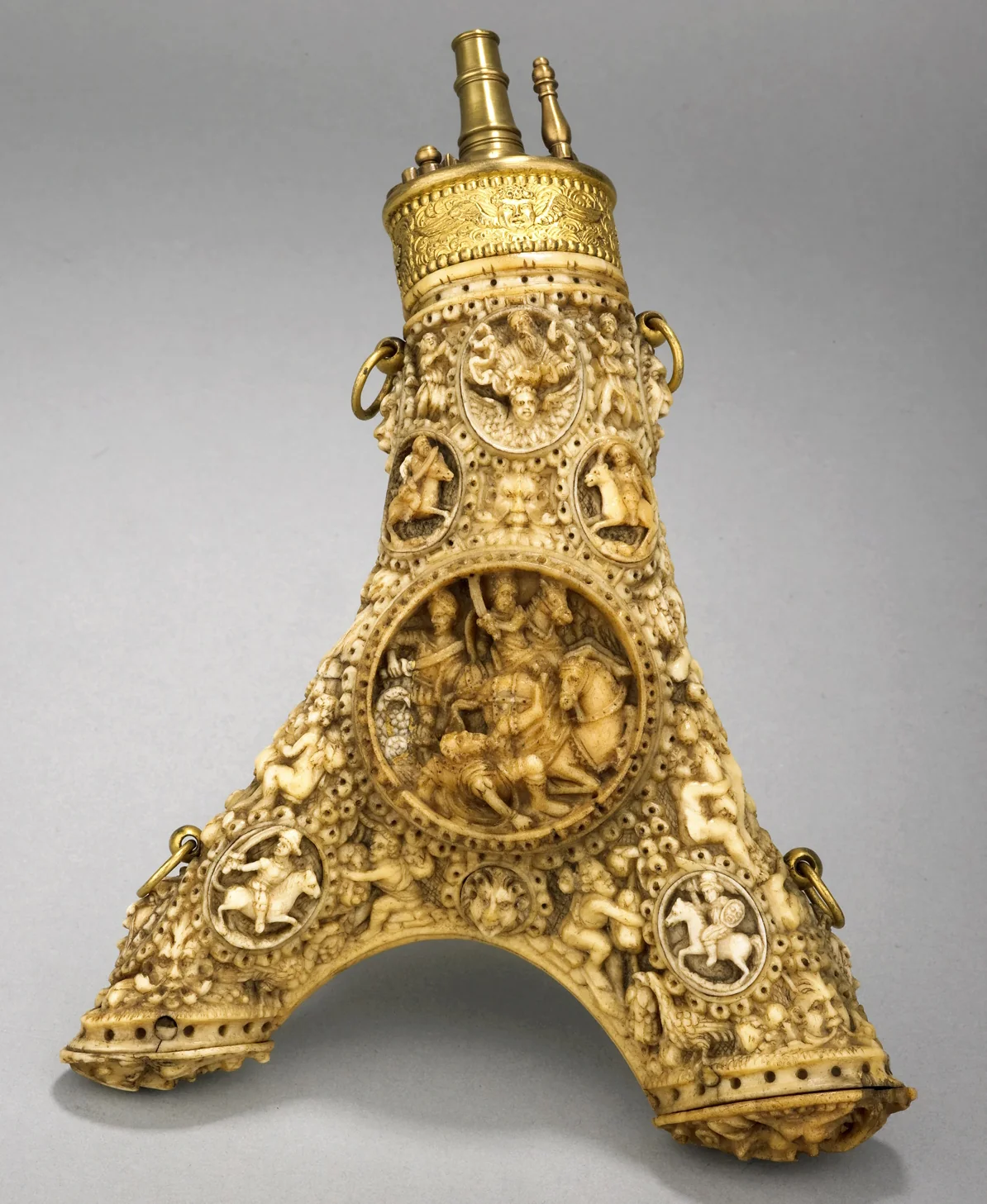
Four suspension rings, which have been restored, indicate that the flask was designed to be carried, likely attached to a belt or bandolier. Additionally, there is a long belt hook made of gilt bronze, pierced with a heart design. This hook not only served a practical purpose but also added to the overall aesthetic appeal of the piece. The mounts, which appear to be of a later date than the rest of the flask, suggest that the flask was valued and preserved, with parts being replaced or added over time to maintain its use and appearance.
This powder flask is not merely a utilitarian object but a symbol of the fusion of art and functionality during the Renaissance. Its elaborate design and detailed craftsmanship reflect the cultural and artistic values of the period, where even everyday objects were created with a high level of artistry. The depictions of religious and mythological themes indicate the importance of these narratives in Renaissance art and society.
In conclusion, the powder flask carved from antler is a remarkable artifact from Northern Europe, dating from 1530-1535. Its intricate carvings and detailed metalwork make it a beautiful example of Renaissance craftsmanship. The themes depicted in the carvings provide insight into the religious and cultural values of the time, while the practical elements of the flask reflect the technological advancements of the period. This artifact stands as a testament to the skill and artistry of its creator, as well as the rich cultural heritage of the Renaissance era.
